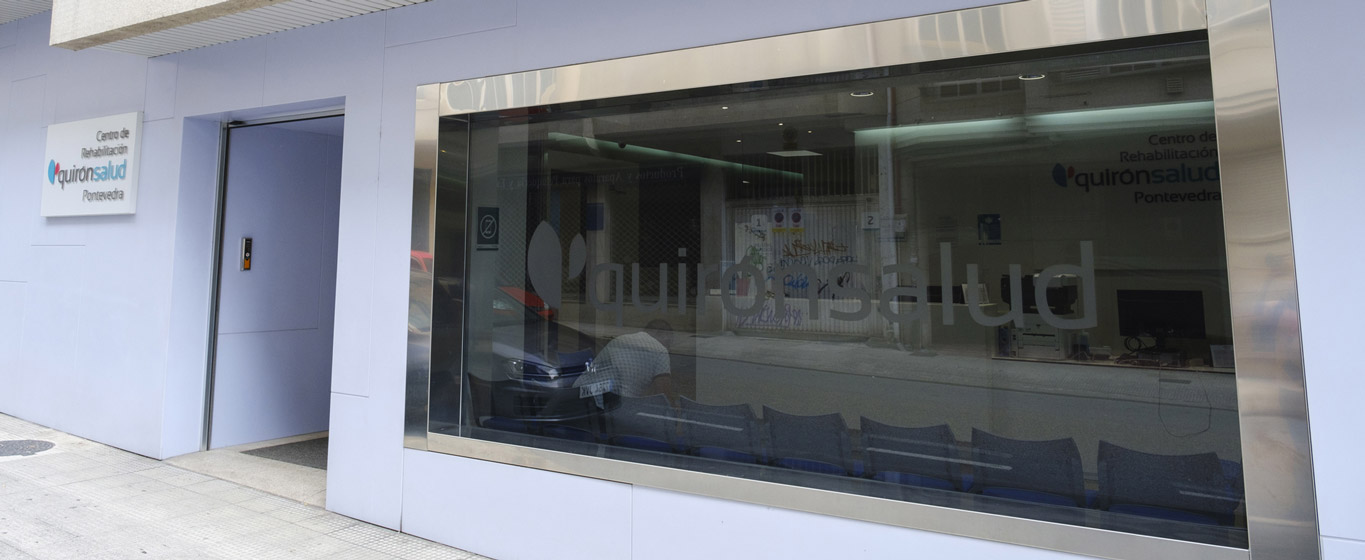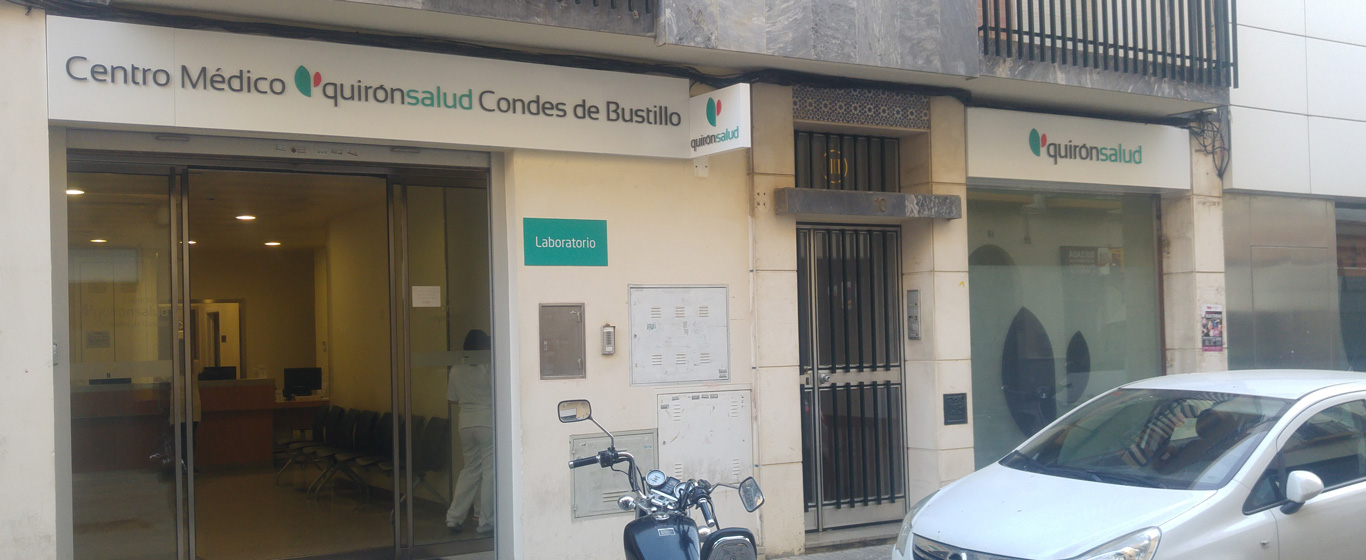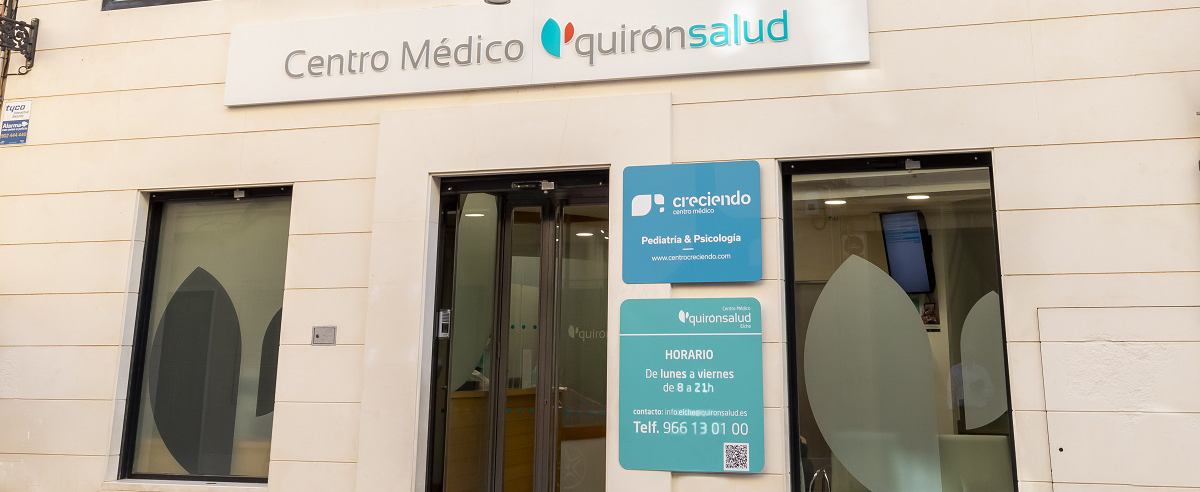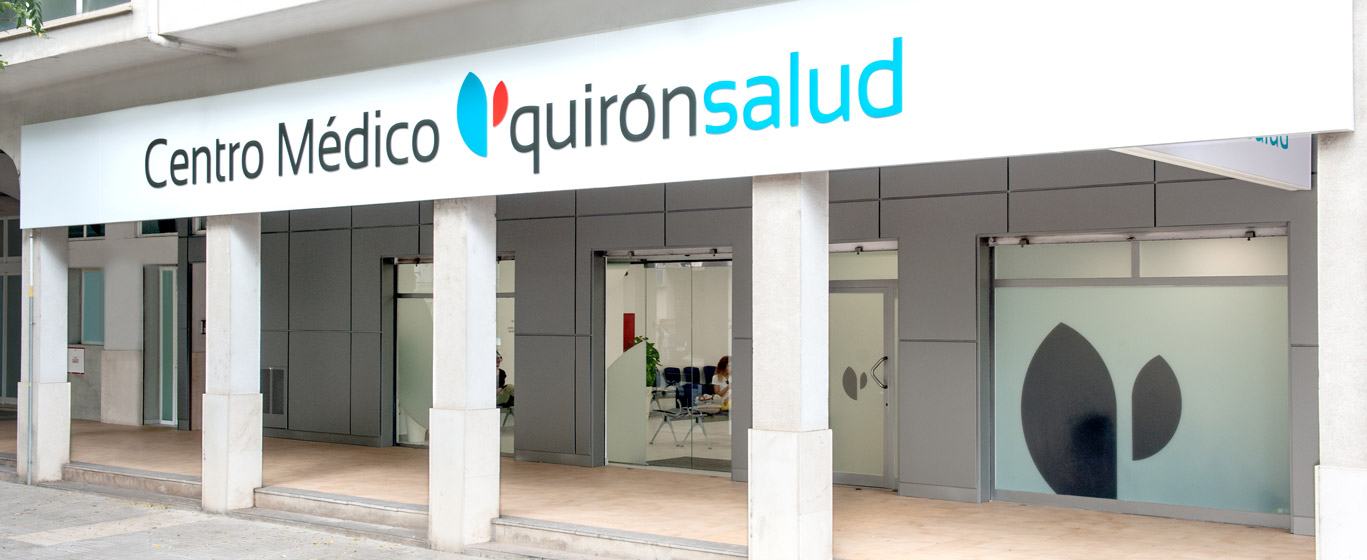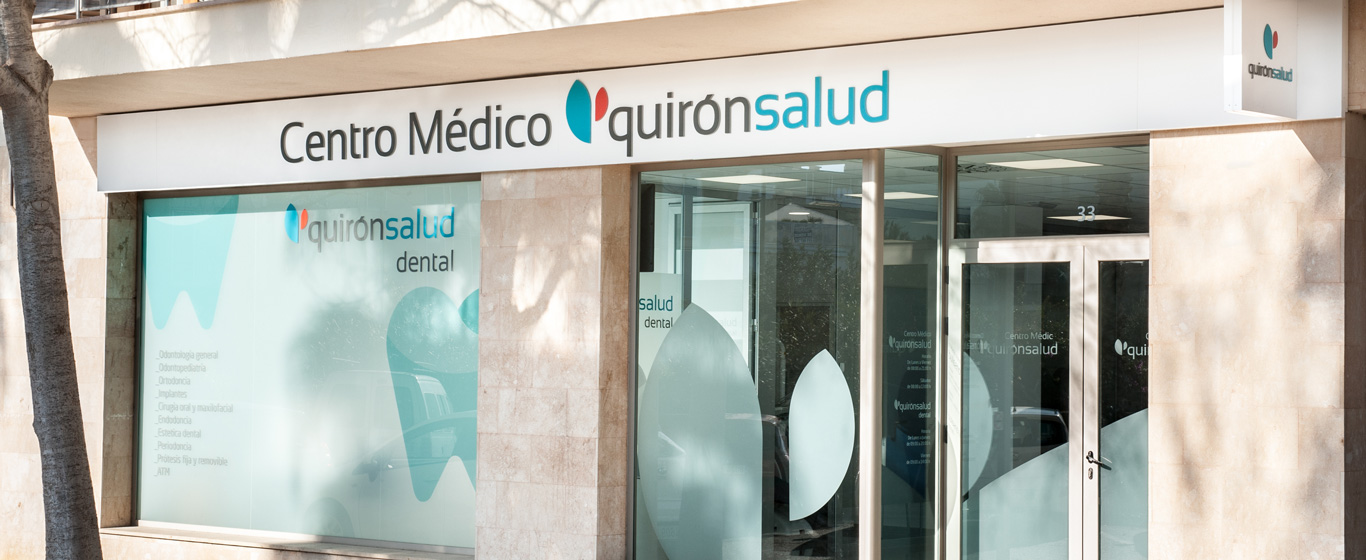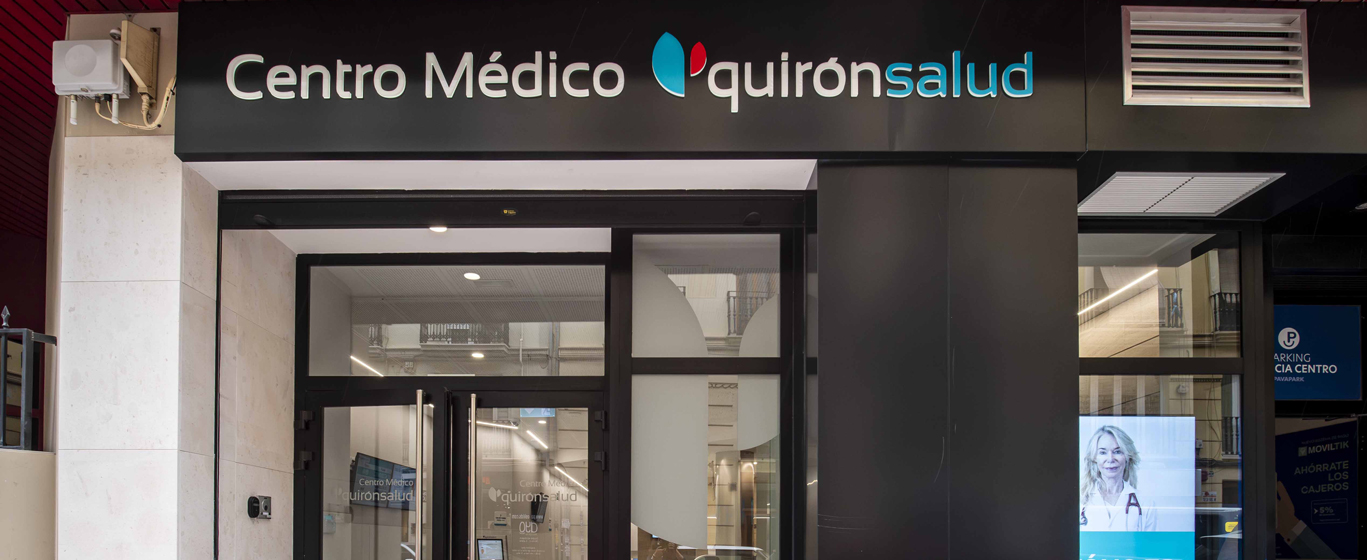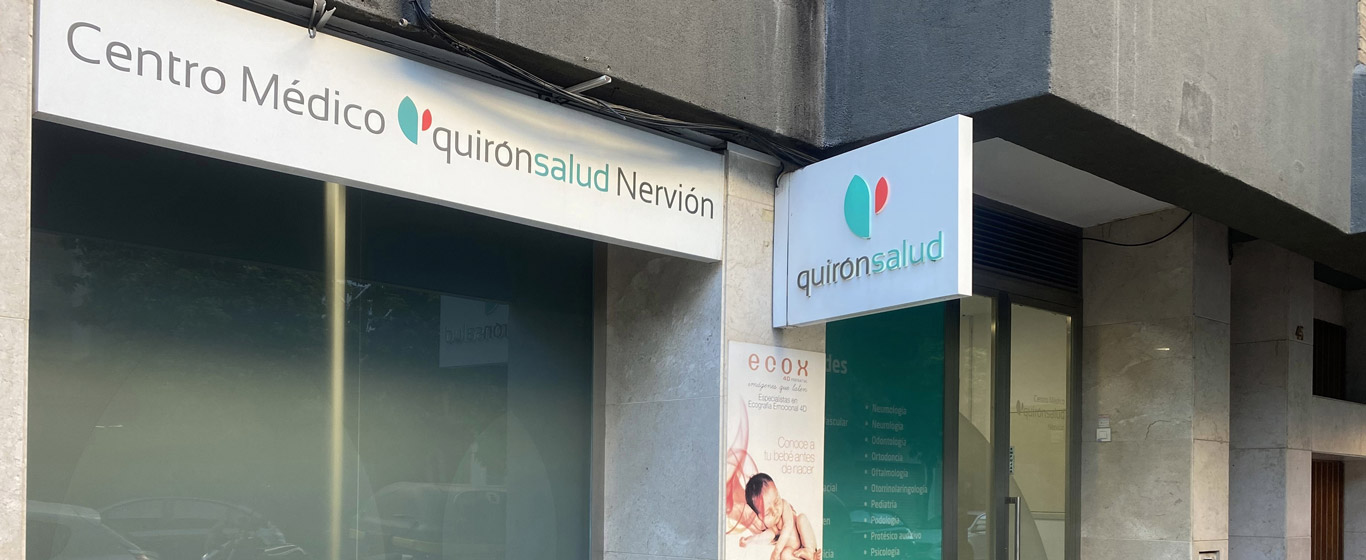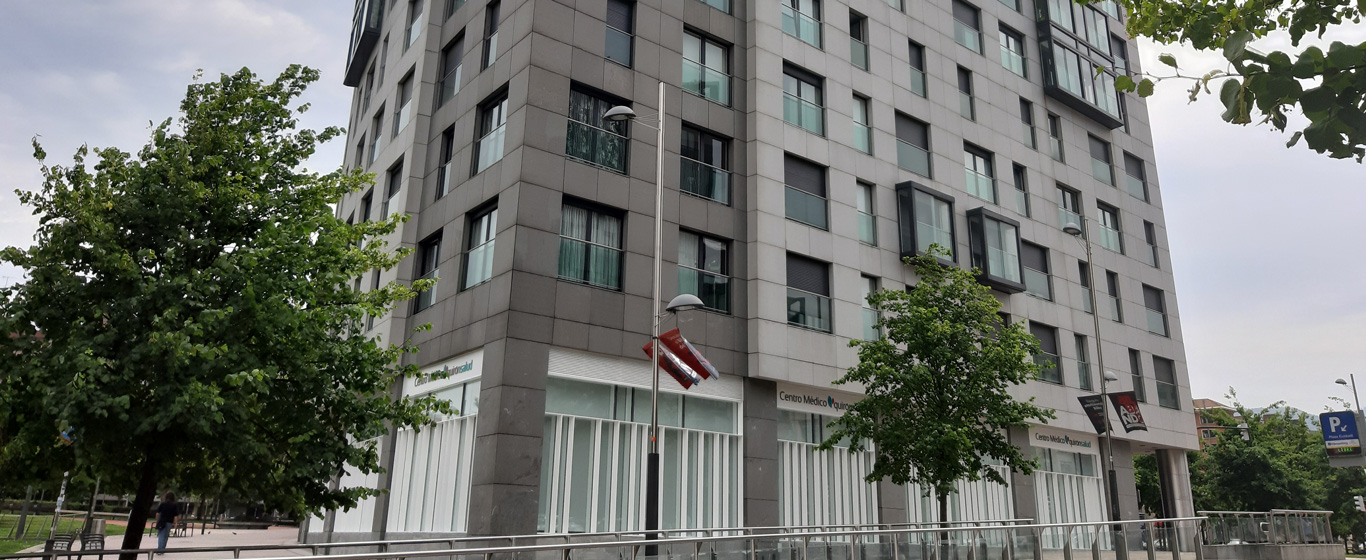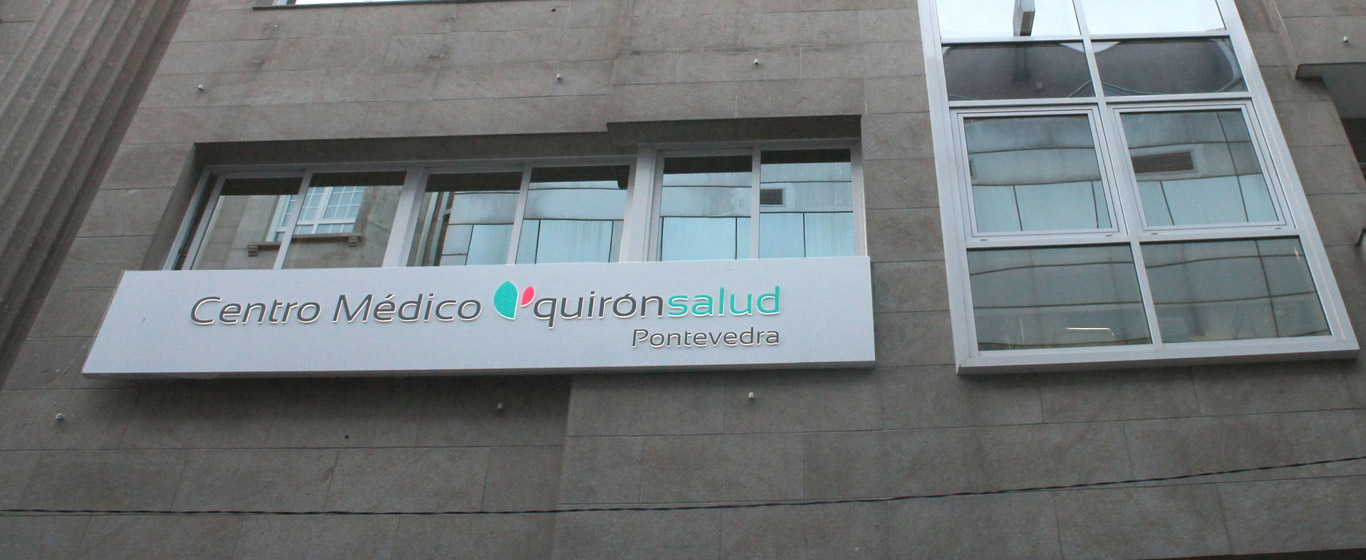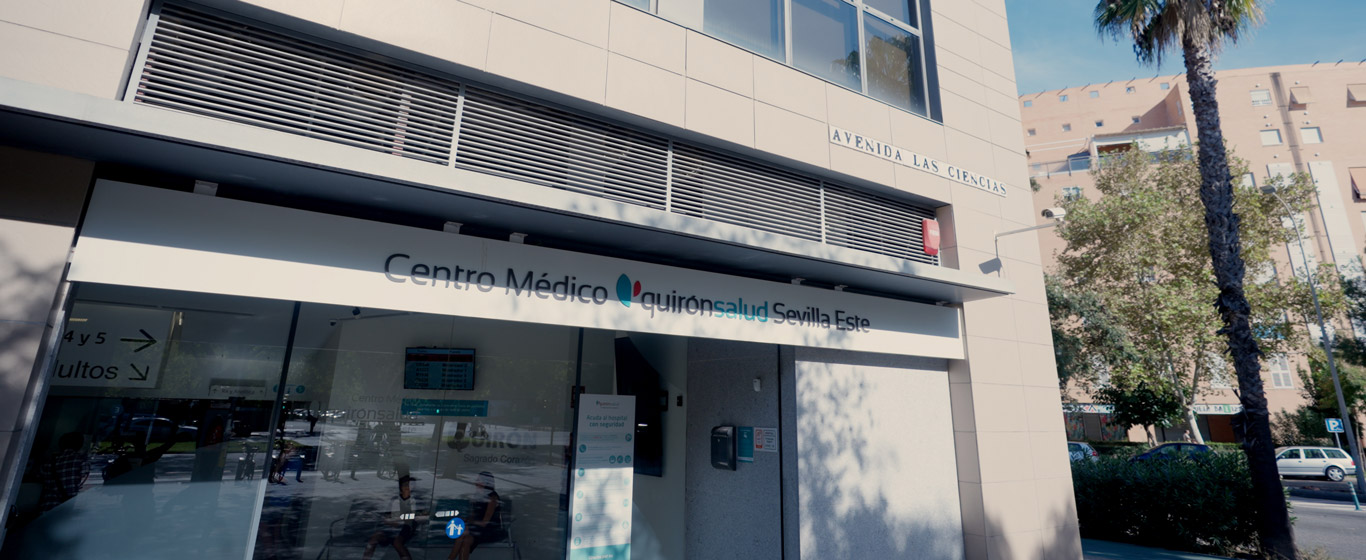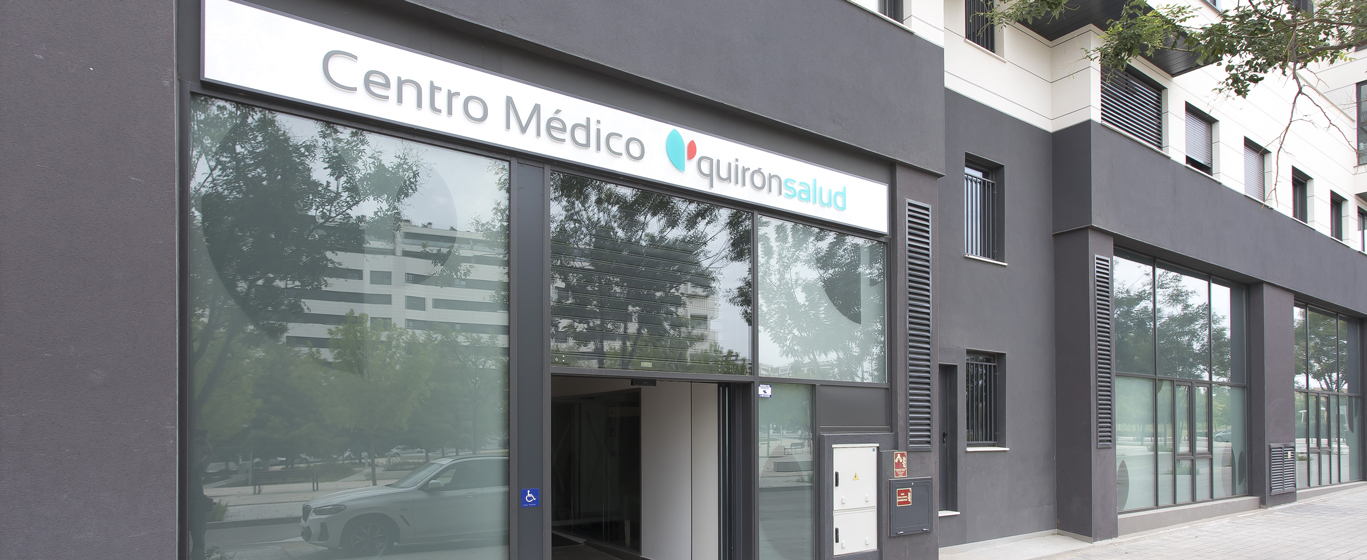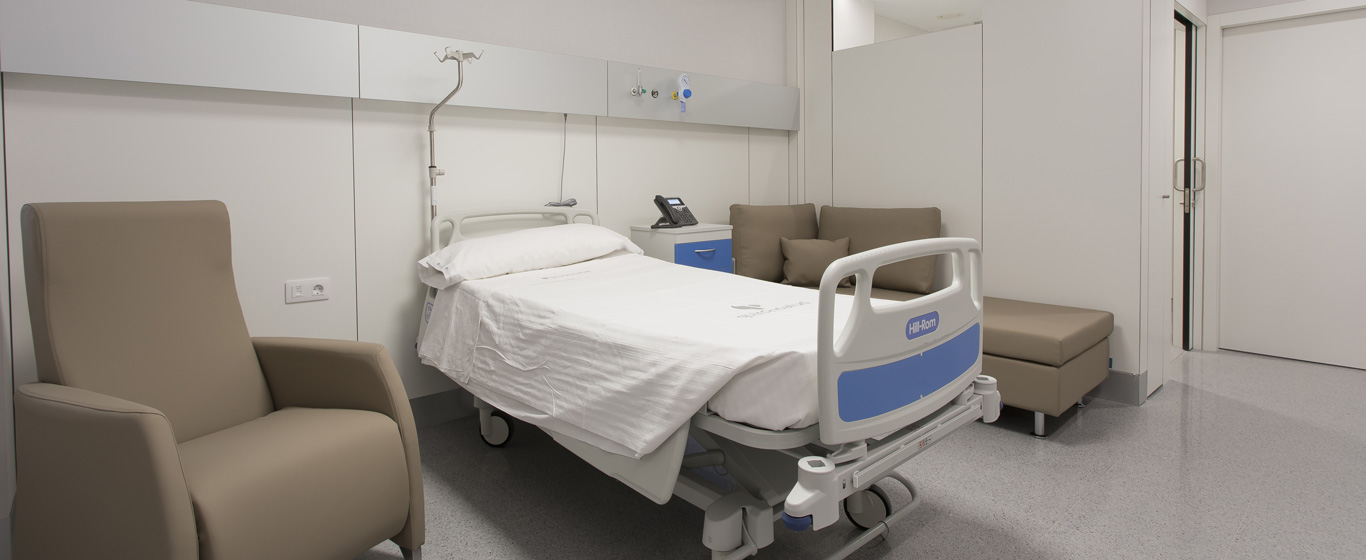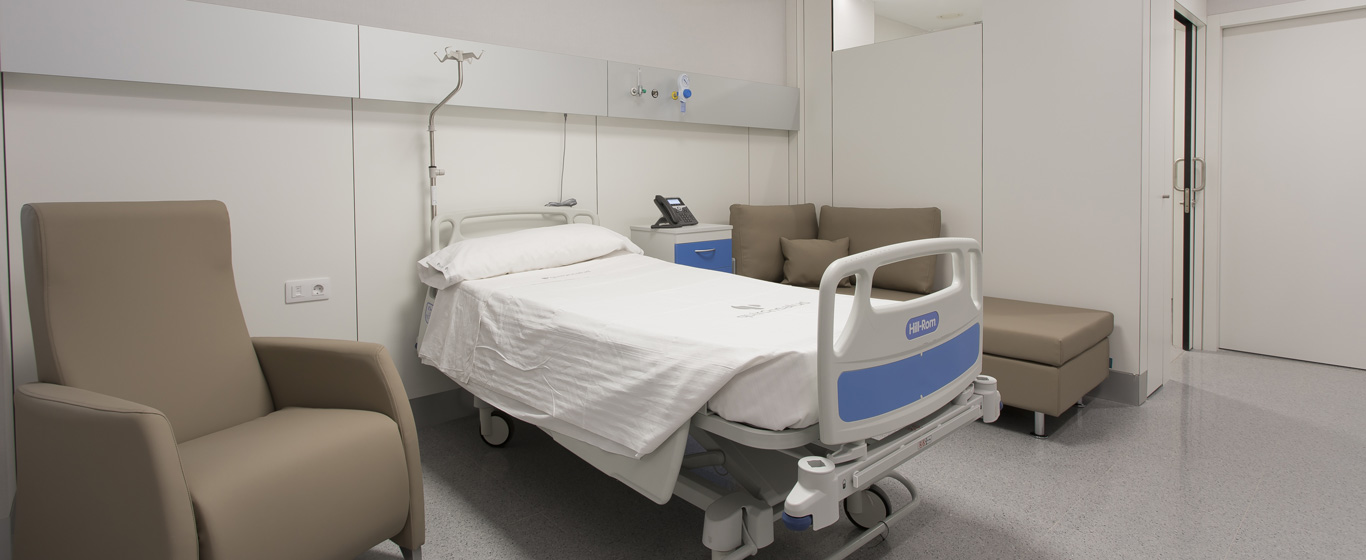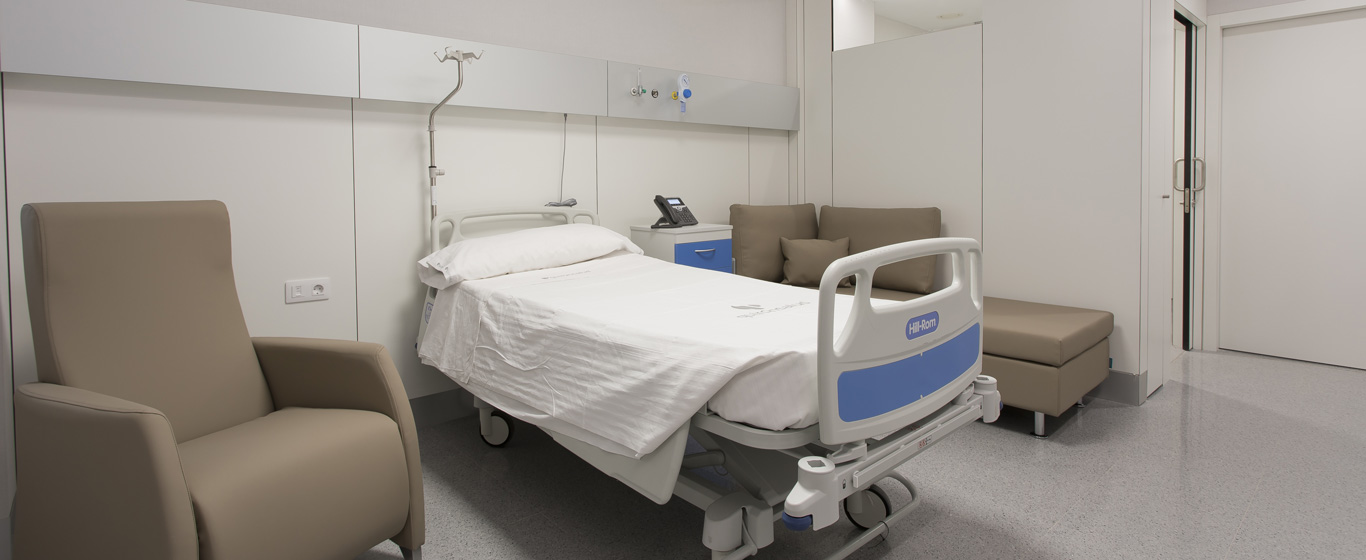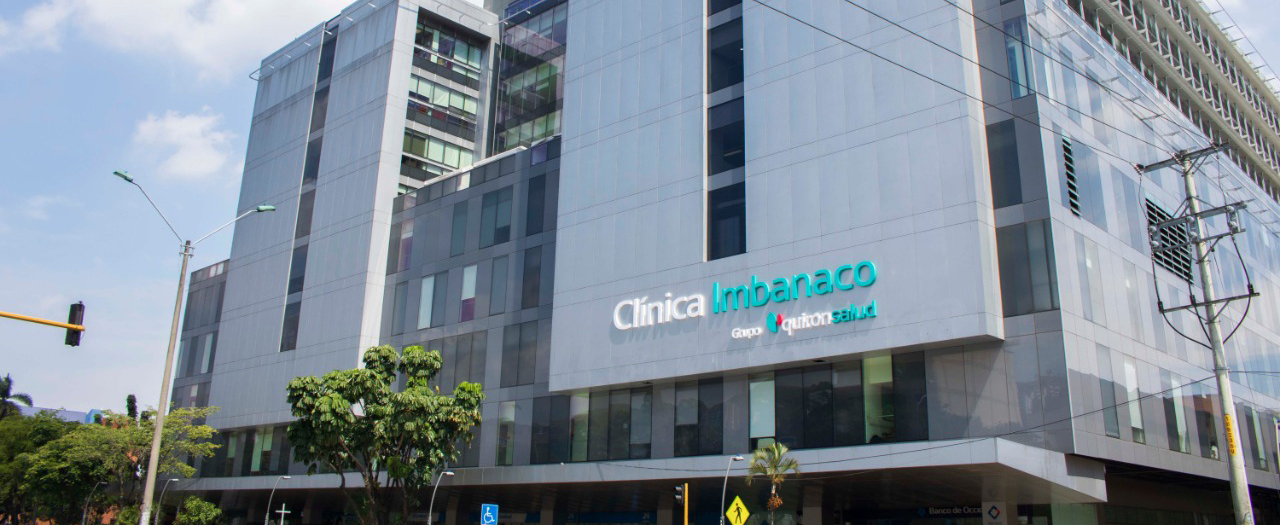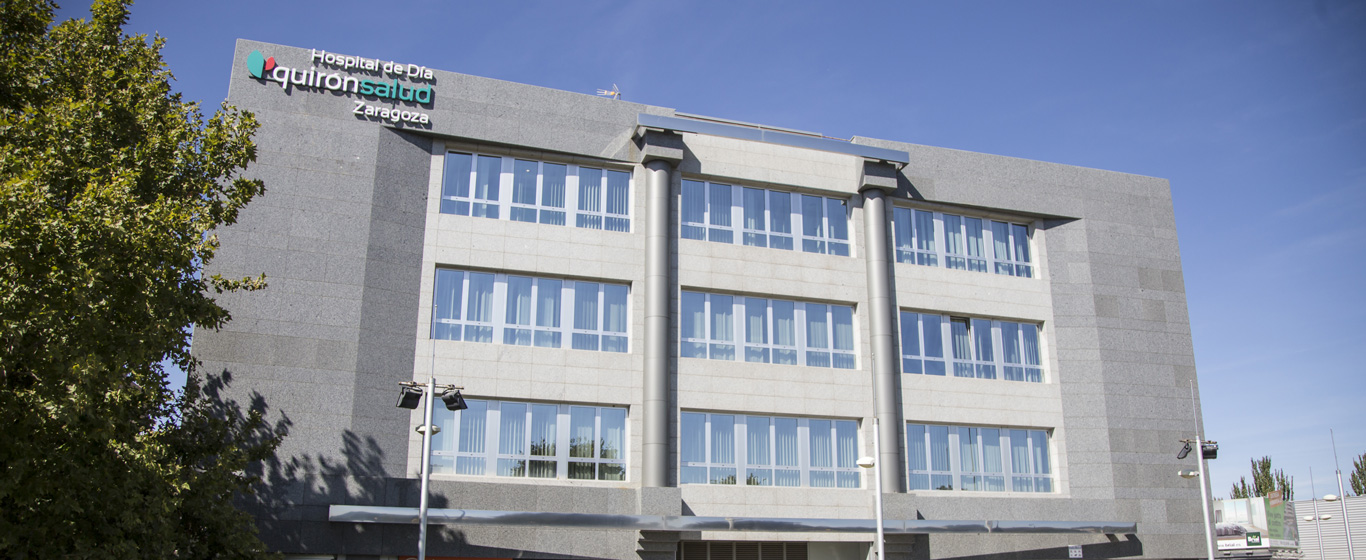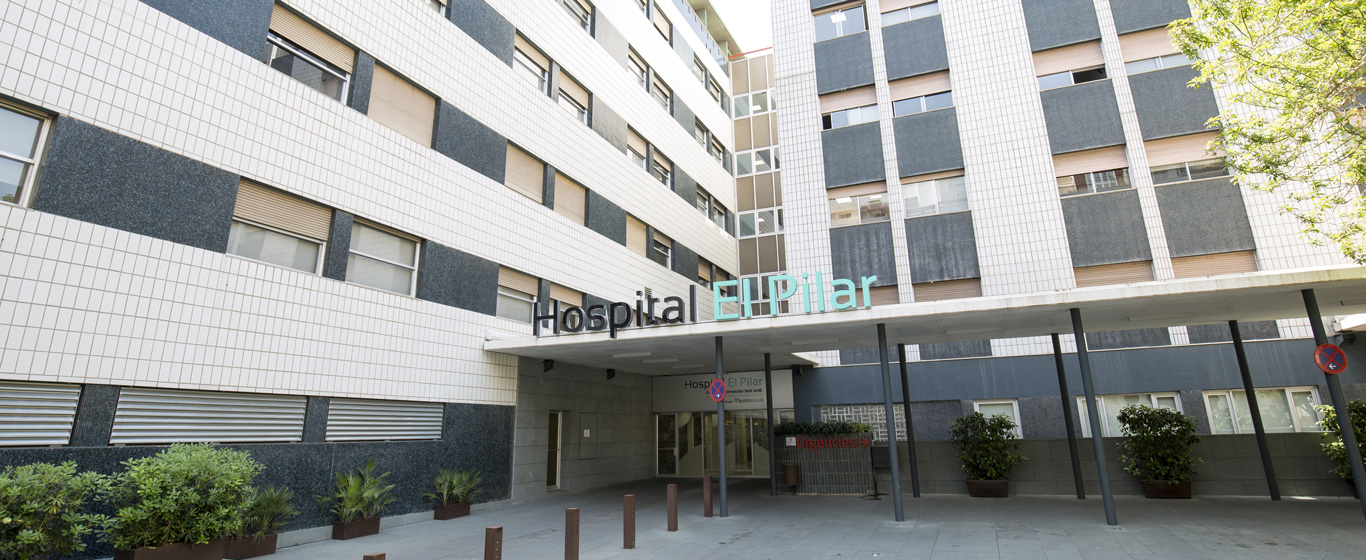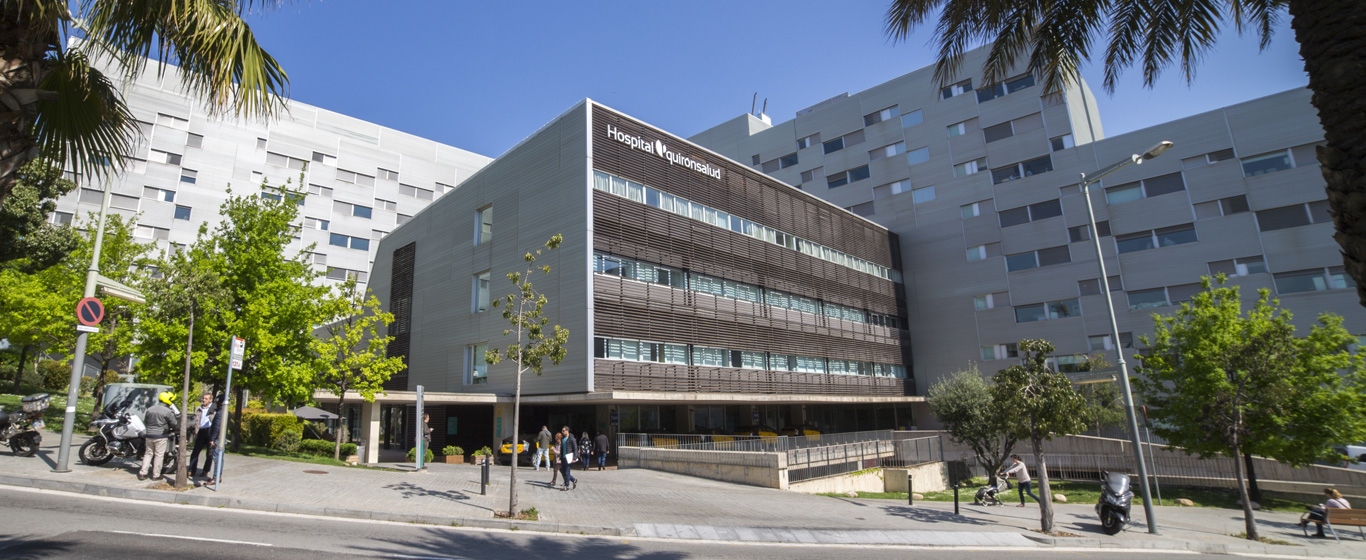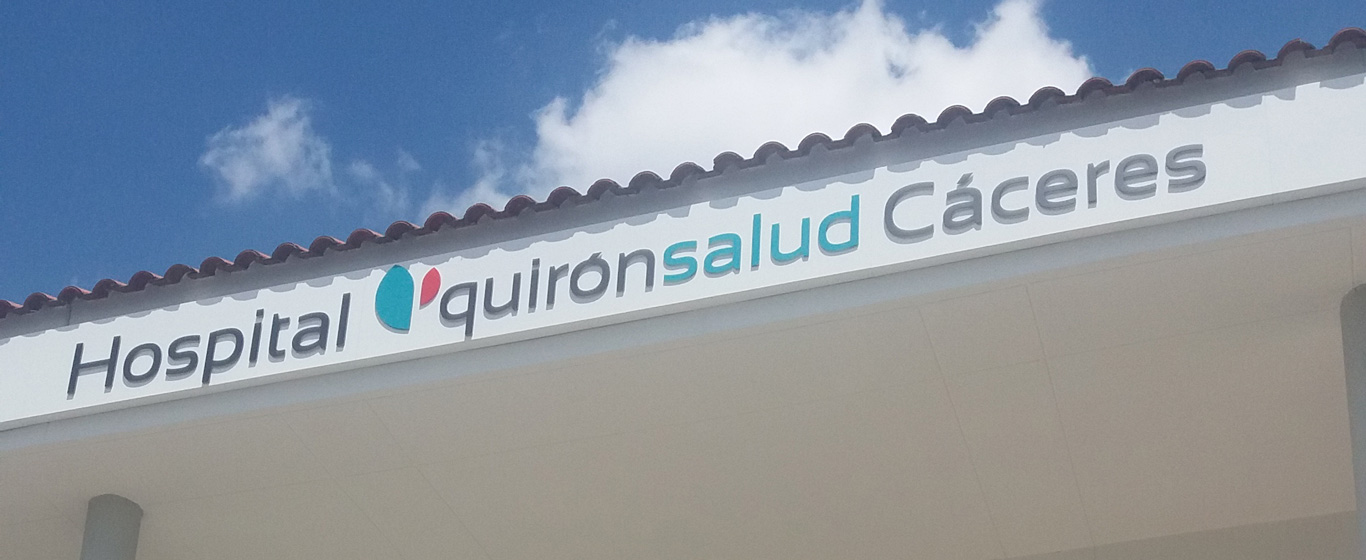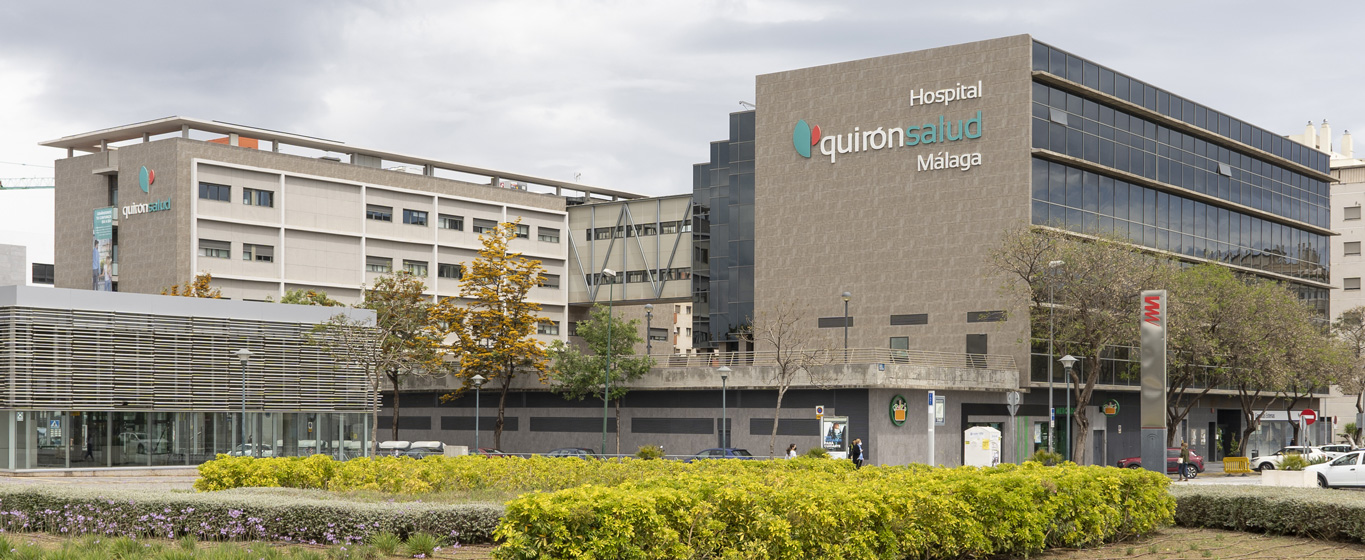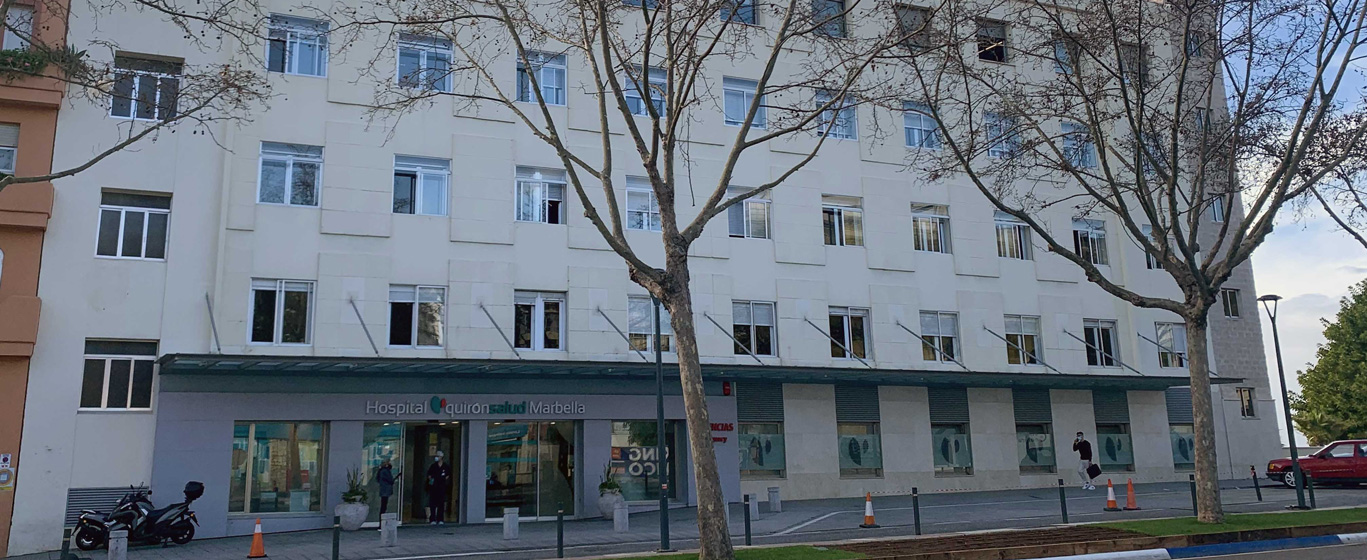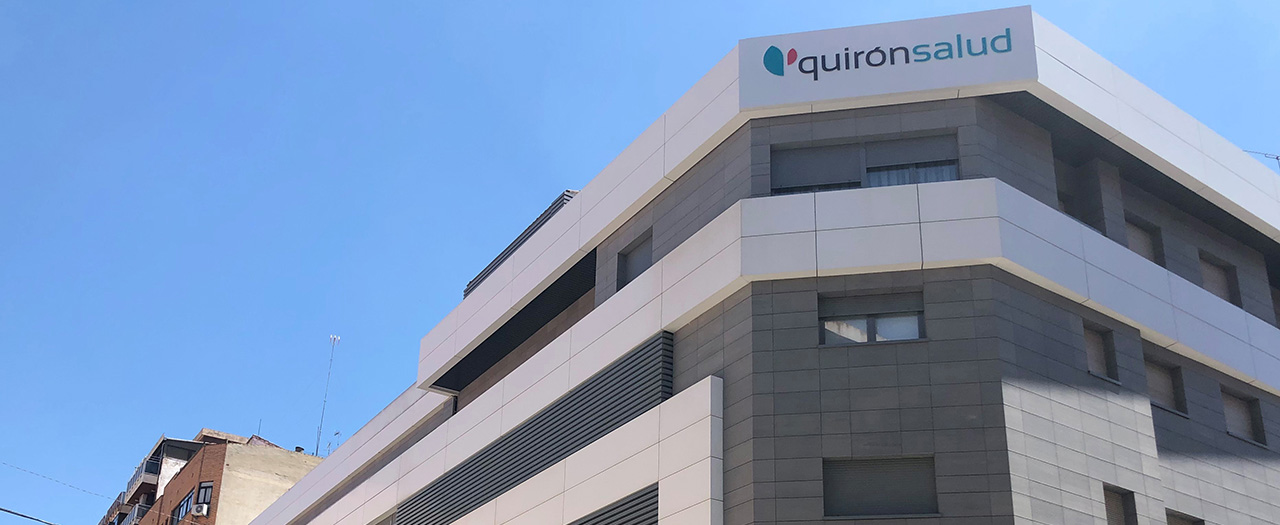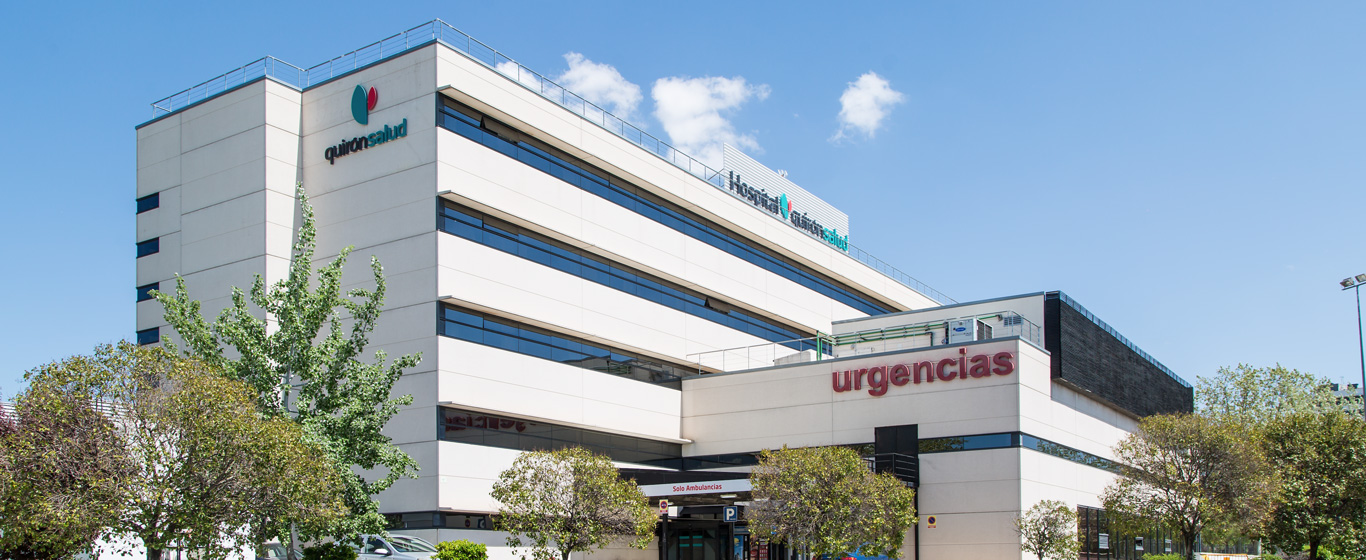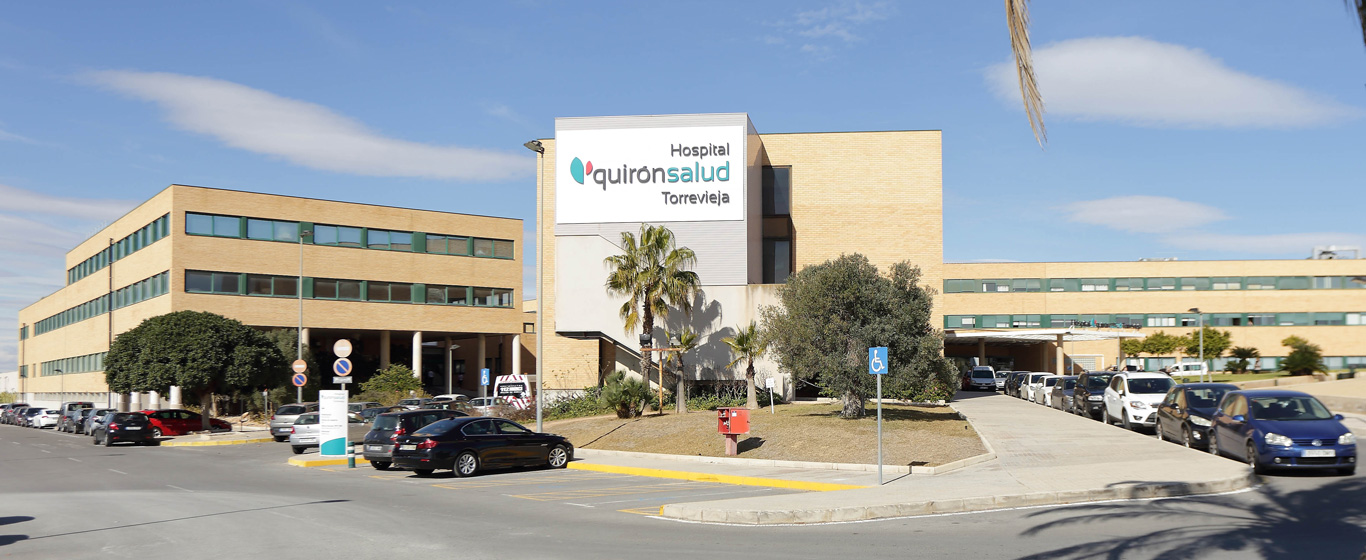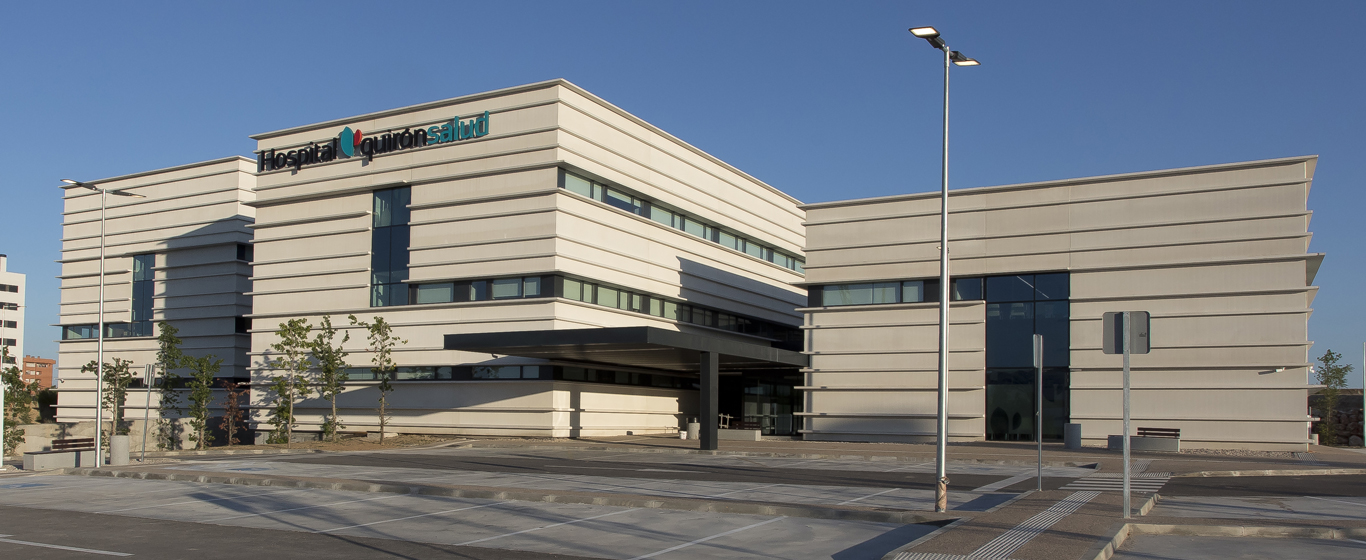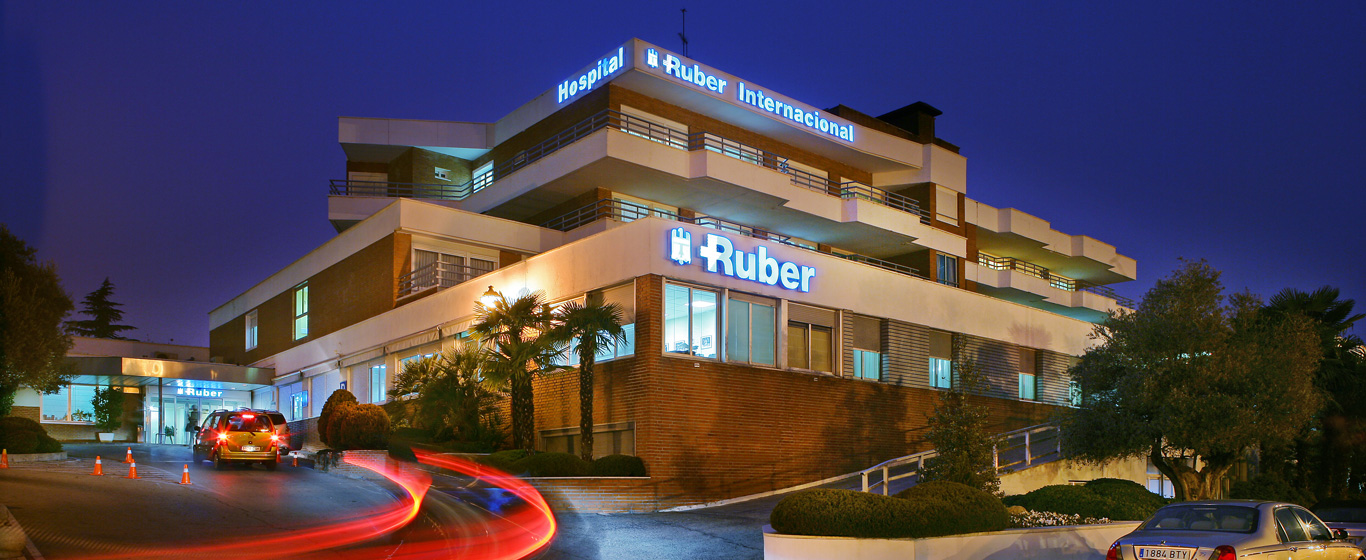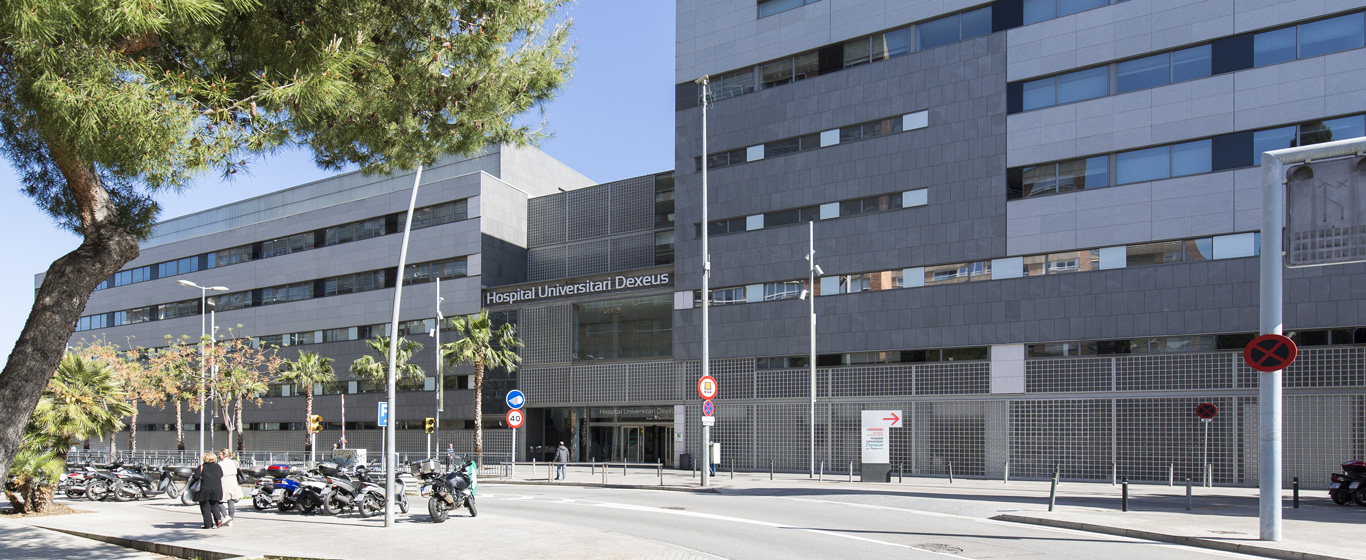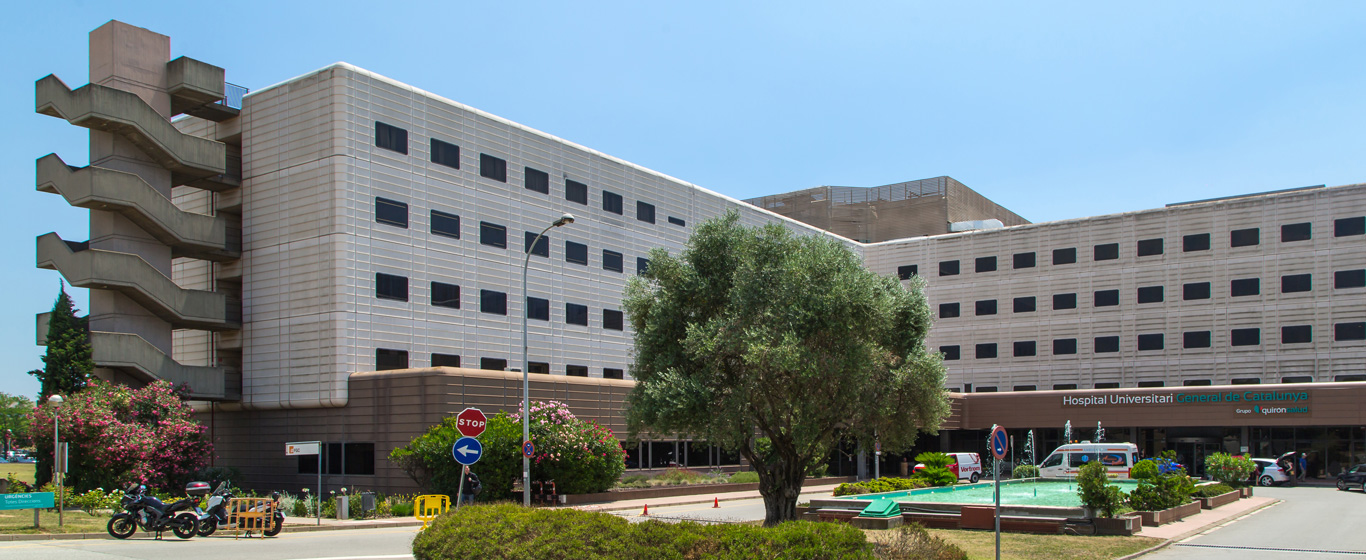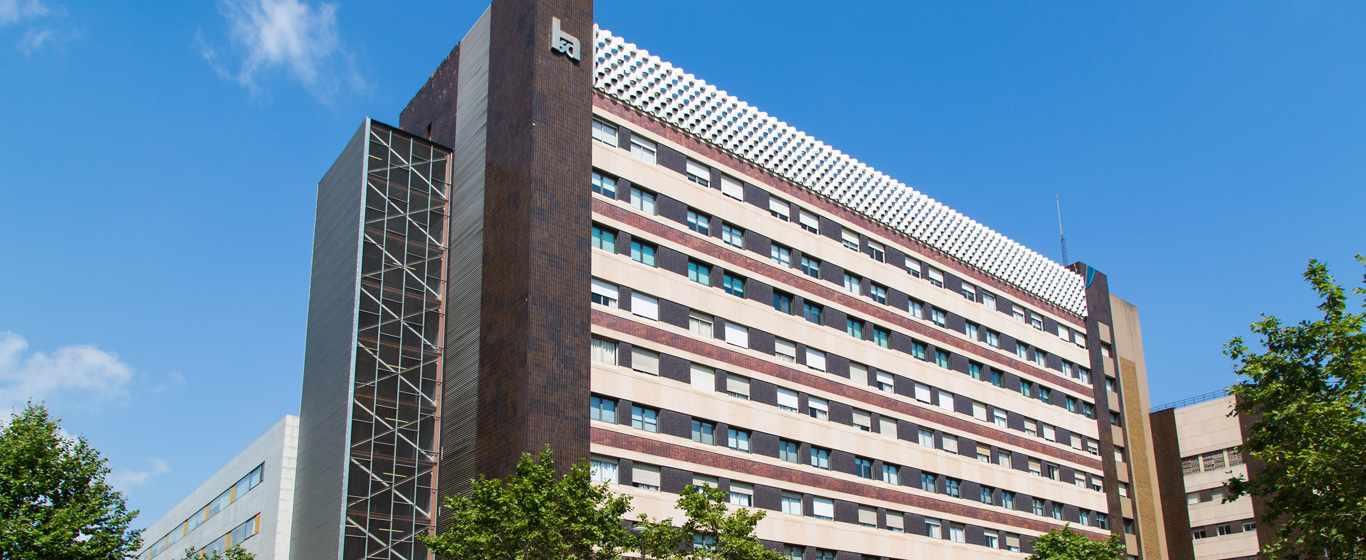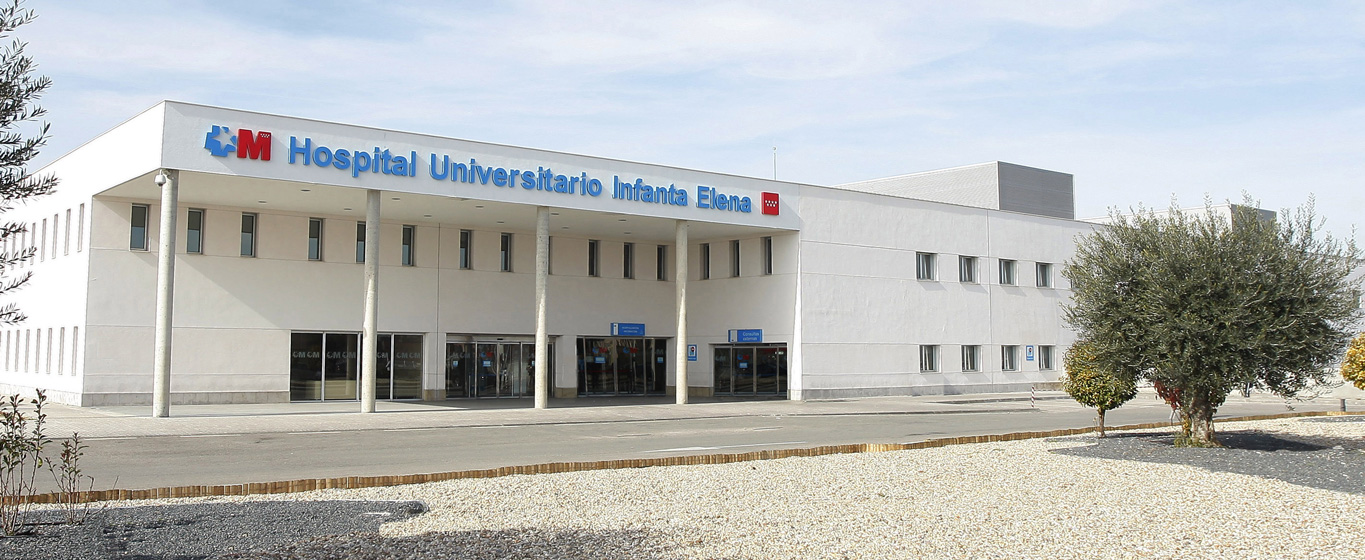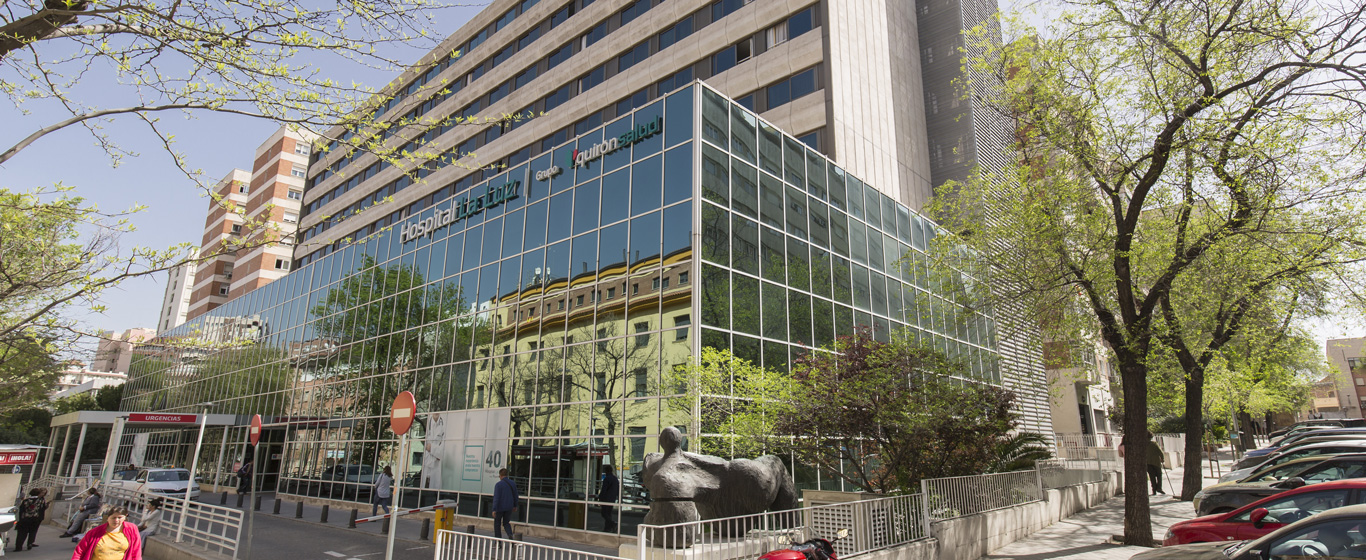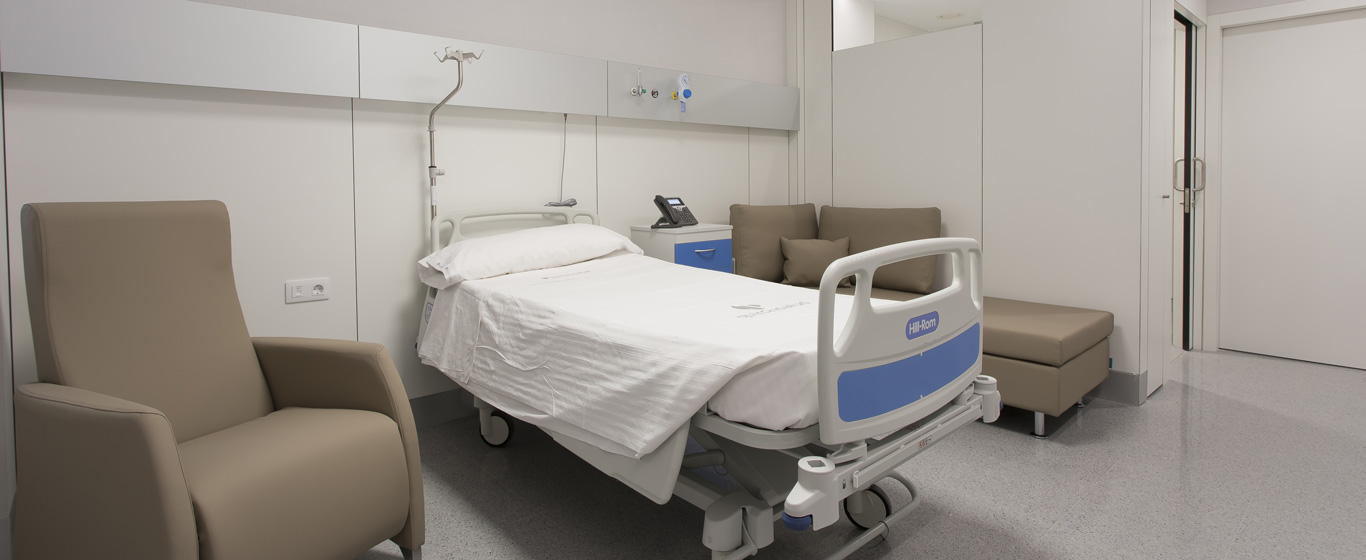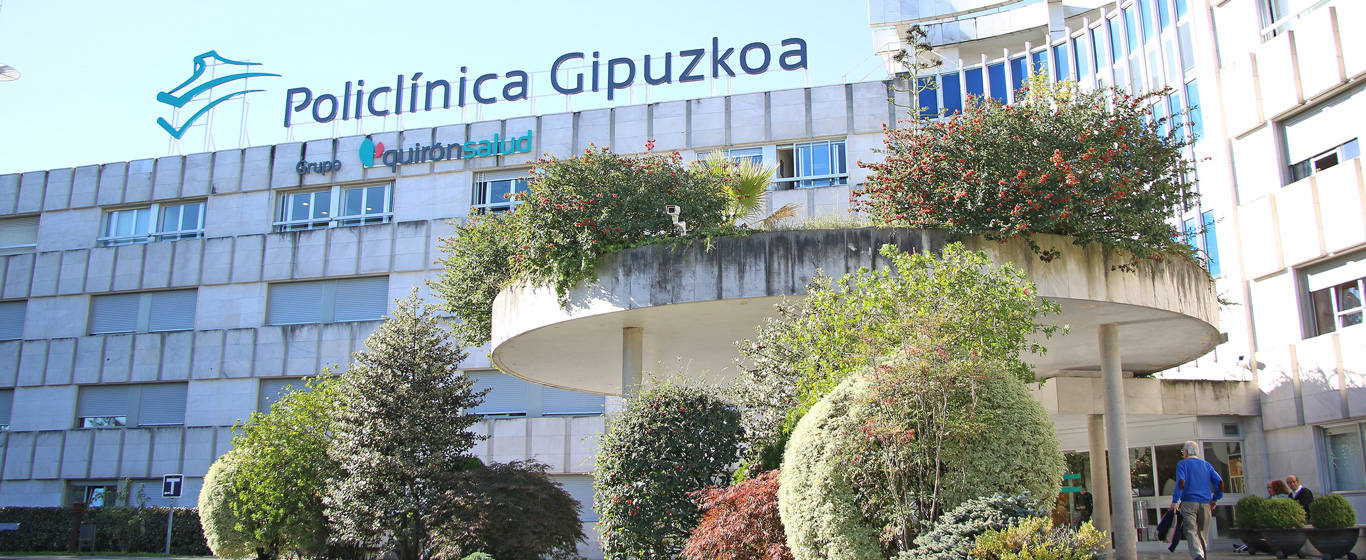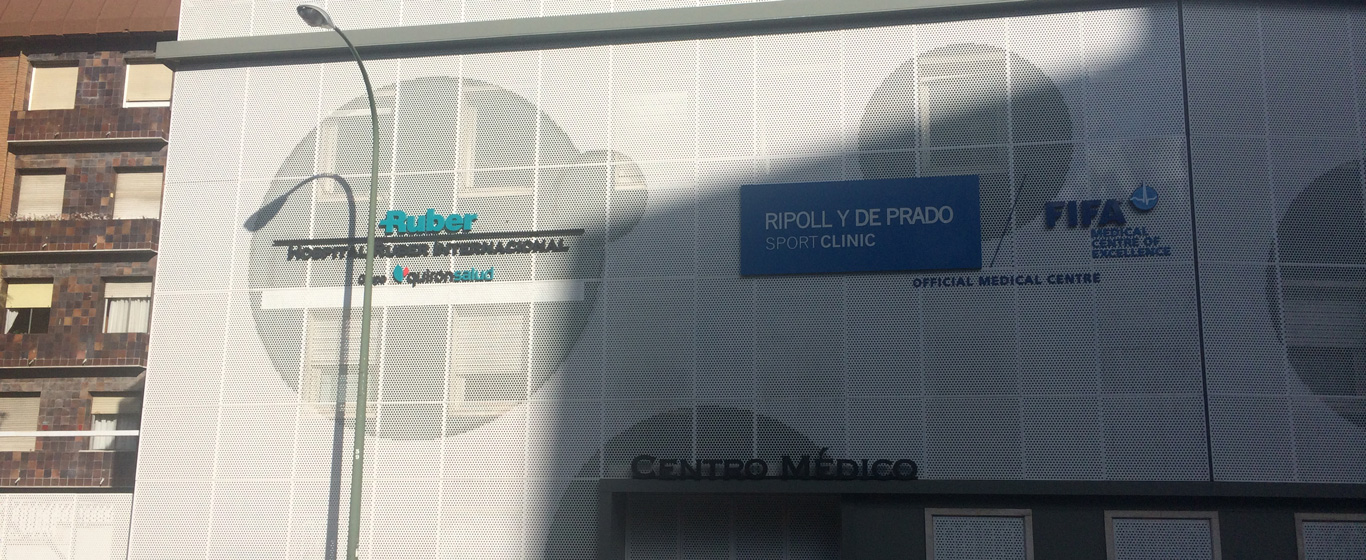Trigeminal Neuralgia
Can trigeminal nerve neuralgia be cured? All the information about the causes, symptoms, and treatments for this condition.
Symptoms and Causes
Trigeminal neuralgia is a chronic condition affecting the trigeminal nerve or the fifth cranial nerve, which is responsible for transmitting sensory information from the face. It causes recurrent episodes of paroxysmal, sharp, and stabbing facial pain, similar to an electric shock.
Depending on the intensity, duration, and frequency of the episodes, there are two types of trigeminal neuralgia:
- Type 1 Trigeminal Neuralgia: This form is characterized by sudden bursts of pain, usually triggered by everyday thermal or tactile stimuli, such as chewing, speaking, or brushing teeth. The attacks are usually brief, lasting only a few seconds or minutes, and the pain is typically localized to one side of the face, most commonly the right. These attacks may occur multiple times a day (rarely during sleep), but long pain-free periods can also be experienced.
- Type 2 Trigeminal Neuralgia: In addition to attacks, there is a constant dull pain, which is usually milder than in Type 1 and may not be limited to one side of the face.
Although the episodes may initially be mild and infrequent, their frequency tends to increase over time. Trigeminal neuralgia is the most common cranial neuralgia and is considered one of the most intensely painful conditions described, potentially leading to severe disability.
Symptoms
The main symptoms of trigeminal neuralgia include:
- Brief episodes of intense, shooting pain: These feel like an electric shock and are triggered by harmless external stimuli applied to the face.
- Pain in areas supplied by the trigeminal nerve: This includes the cheeks, jaw, teeth, gums, or lips, and to a lesser extent, the eye and forehead. The pain may be focused on one spot or spread in a wider pattern.
- Facial spasms.
- Chronic facial pain that does not respond to common painkillers.
Causes
The primary cause of trigeminal neuralgia is pressure exerted on the trigeminal nerve by a blood vessel. This pressure wears down and damages the myelin sheath that surrounds and protects the nerve, altering its function. In other cases, neuralgia may result from underlying conditions, such as a tumor compressing the nerve, multiple sclerosis, or other inflammatory diseases. In some instances, the neuralgia is considered idiopathic, meaning it has no apparent cause.
Risk Factors
Certain factors increase the risk of developing trigeminal neuralgia:
- Age: It most commonly affects adults, especially those over 50, as arteries lose elasticity with age and change both their position and the pressure they exert.
- Sex: Various studies indicate that it is more common in women than in men.
- Certain medical conditions: The risk of developing neuralgia increases with diseases such as multiple sclerosis, arteriosclerosis, hypertension, brain tumors, aneurysms, or lacunar infarcts. It can also result from strokes, facial trauma, or surgical procedures that damage the trigeminal nerve.
Complications
Although trigeminal neuralgia is not life-threatening, recurring episodes can lead to significant disability. Due to the intensity of the pain, the fear of an attack can cause high levels of stress and anxiety. It may also lead patients to avoid everyday activities that trigger their episodes, negatively impacting their physical and mental health. Additionally, complications may arise from treatment, including side effects from medication or issues related to surgical procedures.
Prevention
There is no specific way to prevent trigeminal neuralgia. However, it is possible to prevent diseases that are considered risk factors, such as hypertension or arteriosclerosis, by maintaining a healthy lifestyle:
- Following a healthy and balanced diet.
- Engaging in regular physical activity.
- Reducing or eliminating the consumption of harmful substances.
What Doctor Treats Trigeminal Neuralgia?
Specialists in neurology and neurosurgery are responsible for diagnosing and treating trigeminal neuralgia, as well as specialists in pain management units.
Diagnosis
There is no definitive test to confirm trigeminal neuralgia. Since many conditions can cause facial pain, it can be challenging to diagnose. The diagnosis is based on the symptoms described by the patient and various tests to rule out other conditions:
- Analysis of described symptoms. To consider a trigeminal neuralgia diagnosis, certain criteria must be met:
- The pain must occur at least three times on one side of the face and in one or more branches of the trigeminal nerve without spreading to other areas.
- The pain must be sudden, sharp, and stabbing, triggered by external stimuli, and last less than two minutes.
- There must be no evidence of associated neurological problems.
- Physical and neurological examination to assess whether the corneal reflex, facial sensitivity, and masticatory muscles function normally.
- Magnetic Resonance Imaging (MRI) to check for vascular loops, blood vessel compressions on the nerve, tumors, or signs of demyelinating disease.
- Lumbar puncture to rule out multiple sclerosis.
Treatment
The treatment for trigeminal neuralgia aims to relieve pain and prevent or reduce the frequency of attacks. Initially, it is managed with medication, including:
- Anticonvulsants.
- Muscle relaxants.
- Antidepressants.
- Neurotoxin injections (Botox).
For cases that do not respond to medication or experience severe side effects, surgery is considered:
- Ablation or controlled lesion procedures to selectively damage trigeminal nerve fibers and prevent pain signals from being transmitted.
- Microvascular decompression to separate the nerve from the blood vessel causing pressure.
- Radiosurgery: Stereotactic radiosurgery, such as gamma knife radiosurgery, delivers highly focused radiation to the trigeminal nerve to reduce pain signals.
- Balloon compression: This procedure involves inserting a balloon into the trigeminal nerve and inflating it to damage nerve fibers and reduce pain signals.





